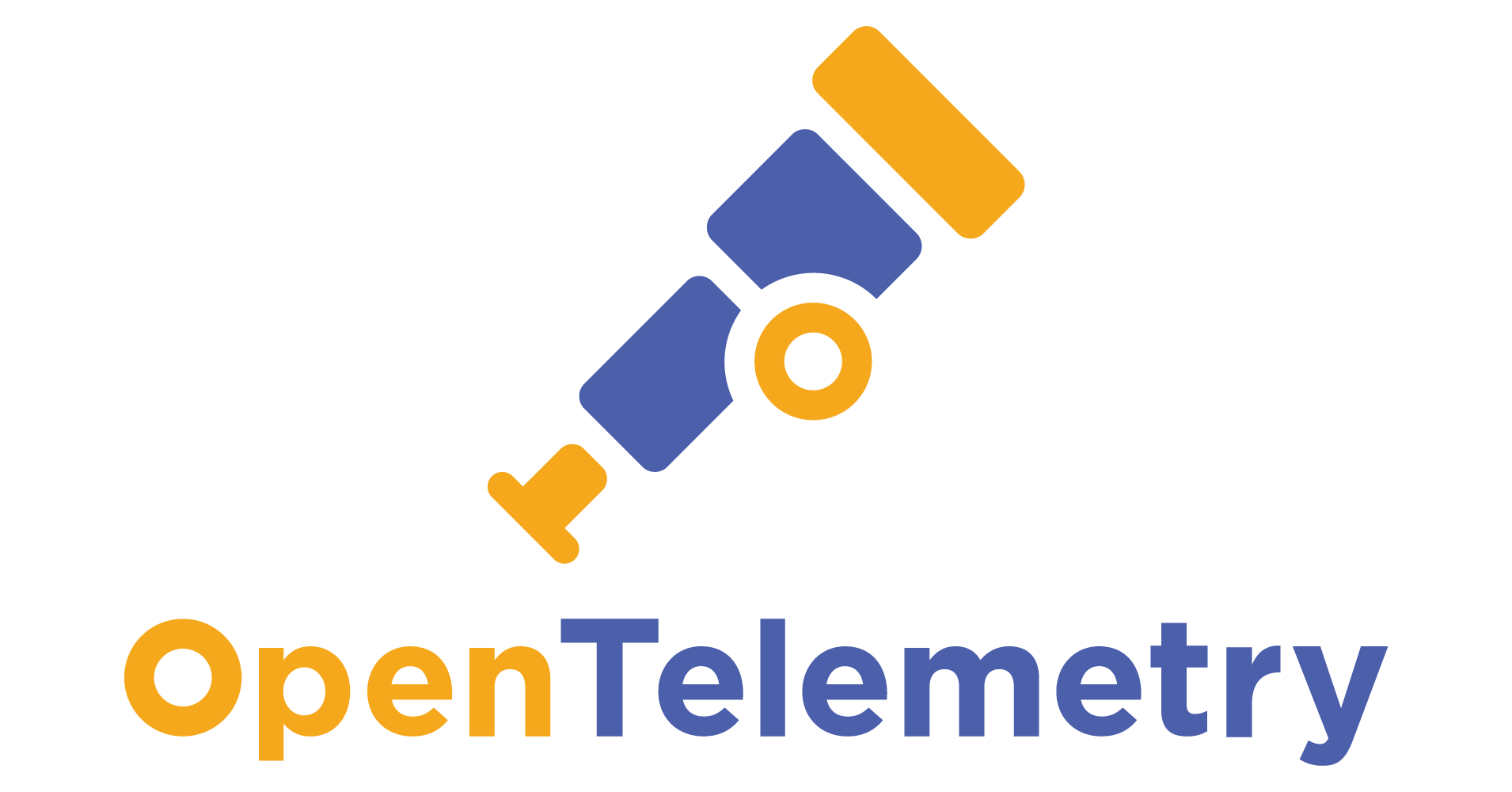In the latest session of OTel in Practice, engineers Huxing Zhang and Steve Rao shared Alibaba’s journey adopting OpenTelemetry within their services. The discussion focused on a wide range of topics, from Java agents to Go compile-time instrumentation, and of course Gen-AI observability! Focusing on Java, Alibaba initially used an in-house solution based on Pinpoint, but faced limitations with framework support and asynchronous context propagation. It was then that they decided to migrate ...| OpenTelemetry
TL;DR OpenTelemetry Weaver helps teams build observability by design, enabling consistent, type-safe, and automated telemetry through semantic conventions. With Weaver, you can define, validate, and evolve your telemetry schemas, ensuring reliability and clarity across your systems. Why consistency matters: Enter semantic conventions Have you ever experienced… A deployment that breaks existing alerts or dashboards because a metric name changed? Writing overly complex queries because teams u...| OpenTelemetry
Introduction A resource represents the entity producing telemetry as resource attributes. For example, a process producing telemetry that is running in a container on Kubernetes has a process name, a pod name, a namespace, and possibly a deployment name. All four of these attributes can be included in the resource. In your observability backend, you can use resource information to better investigate interesting behavior. For example, if your trace or metrics data indicate latency in your syst...| OpenTelemetry

